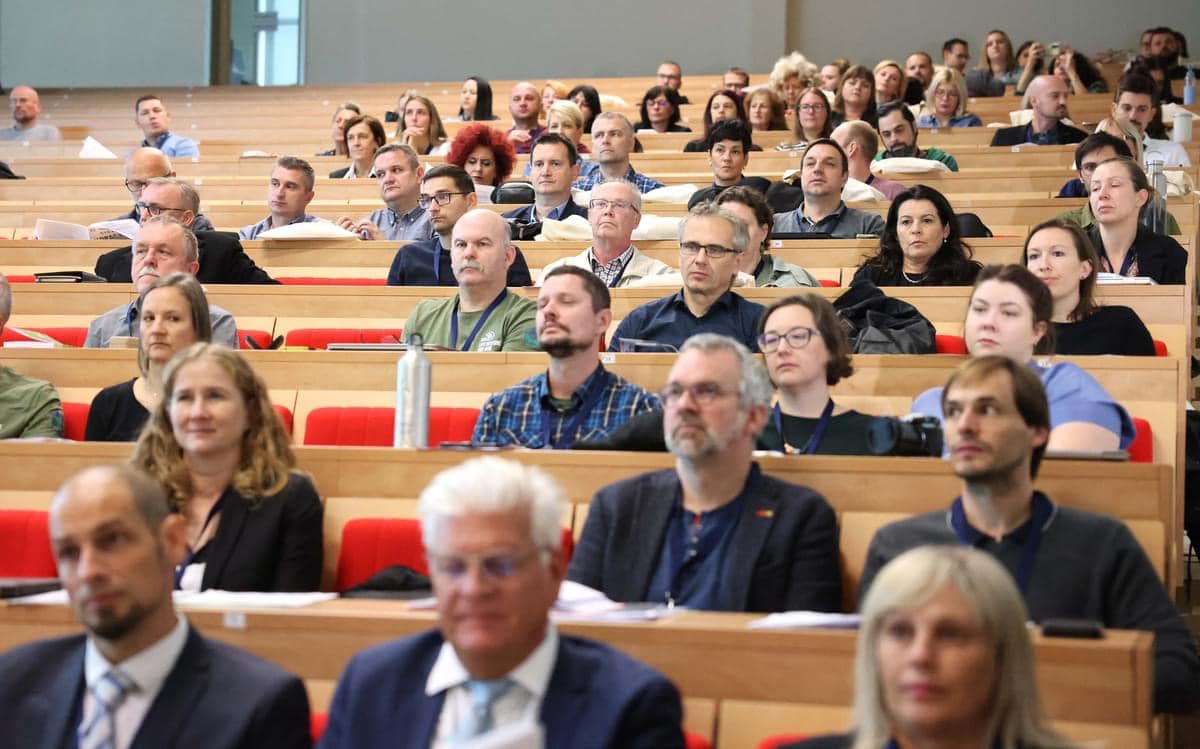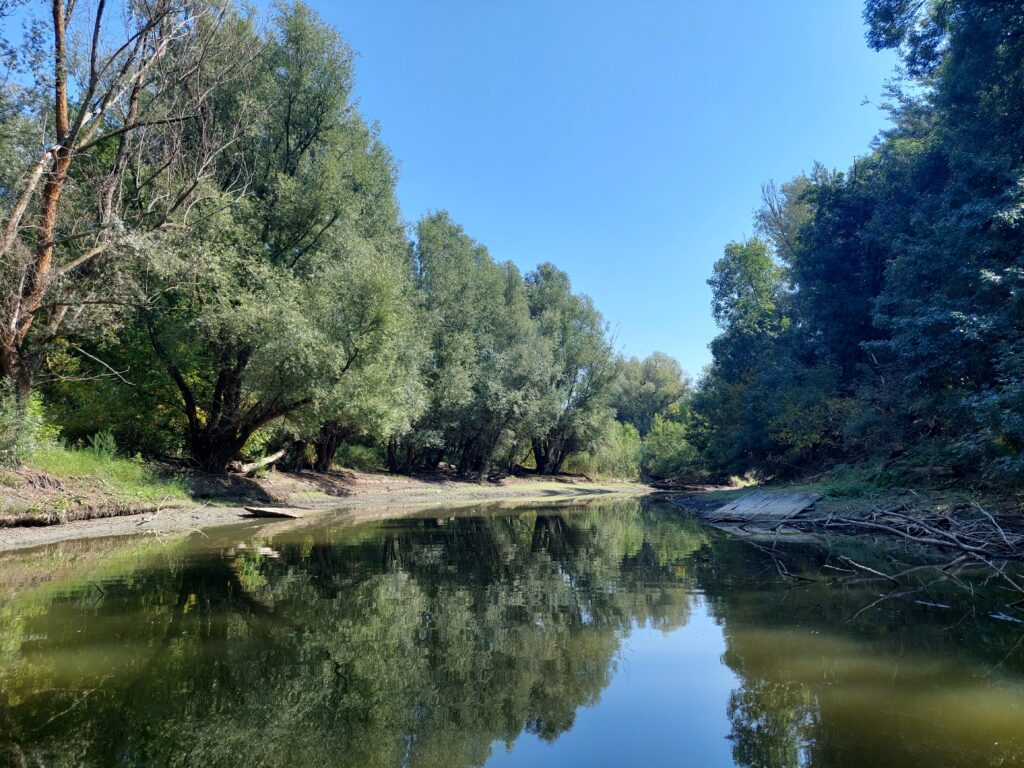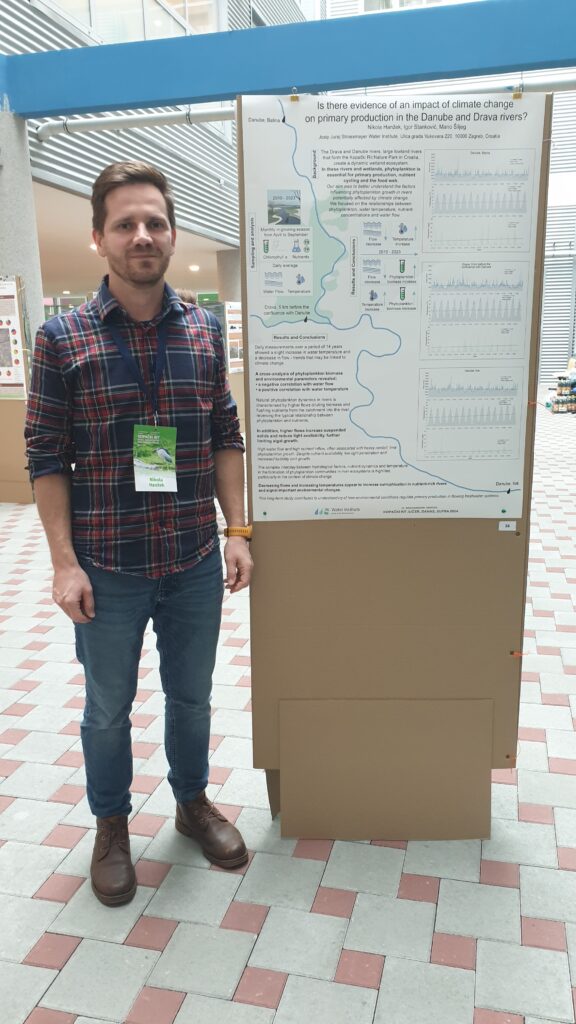13th international symposium Kopački rit yesterday, today, tomorrow 2024


The Kopački Rit Nature Park is a floodplain formed by the confluence of two large lowland rivers, the Drava and the Danube. It is one of the largest and most important wetlands in Europe and is exceptionally rich in biodiversity. Kopački Rit is home to numerous plant and animal species and is known for its bird population, which includes more than 300 different species.
The first symposium “Kopački Rit: Yesterday, Today, Tomorrow” took place in 2012 and is traditionally held annually. The aim of organising the symposium is to combine and promote interdisciplinary and innovative approaches to nature conservation and to bring together researchers from various scientific disciplines to present their achievements in the wider Kopački Rit Nature Park environment. The interest and participation of foreign speakers helped to raise the symposium and the Nature Park to a higher level, and its significance has expanded beyond the borders of the Republic of Croatia. The conference proceedings with the abstracts of this symposium and all previous symposia can be found at this link.
The 13th International Symposium “Kopački Rit: Yesterday, Today, Tomorrow” 2024 took place on 2 and 3 October in Osijek, at the Faculty of Agrobiotechnical Sciences Osijek. Nikola Hanžek, an employee of the Josip Juraj Strossmayer Water Institute, took part in the symposium in co-authorship with Mario Šiljeg and Igor Stanković with a poster presentation entitled: “Is there evidence of an impact of climate change on primary production in the Danube and Drava rivers?” The aim of the research was to better understand the factors influencing phytoplankton growth in rivers that may be affected by climate change. The study investigated the relationship between phytoplankton biomass and water temperature, nutrient concentration and water flow. The results of daily measurements of flow and water temperature showed a slight upward trend in temperature and a decrease in flow over 14 years, possibly indicating the effects of climate change. Furthermore, the results showed that chlorophyll a concentrations (algal growth/primary production) tend to decrease during periods of high flow, while chlorophyll a concentrations increase at higher temperatures. The results show that the reduction in flow and the increase in temperature favour eutrophication in nutrient-rich rivers. This long-term research has contributed to a better understanding of the effects of environmental factors on primary production in lotic freshwater systems.

